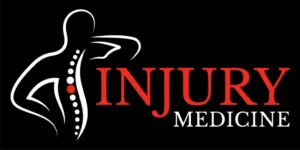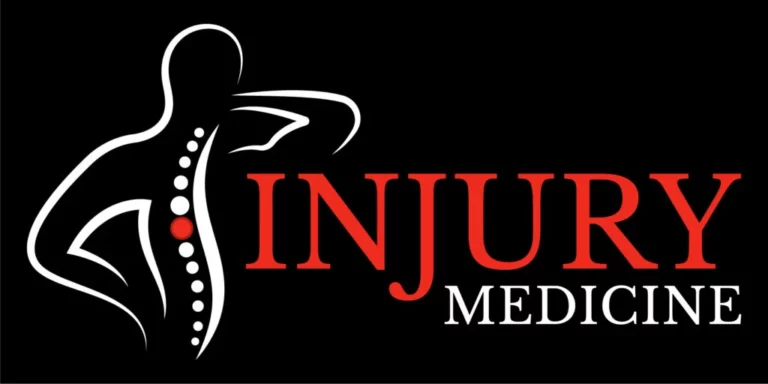Medical Definition of Sacrum:
The sacrum is a triangular-shaped bone located at the base of the spine, situated between the lumbar vertebrae and the coccyx (tailbone). It forms the posterior portion of the pelvis and plays a critical role in weight-bearing and connecting the spine to the hip bones (iliac bones). The sacrum consists of five fused vertebrae (S1 to S5) and contains a central canal through which the sacral nerves pass. This bone is essential for maintaining the structural integrity of the pelvis and facilitating movements such as sitting and walking.
Importance of the Sacrum in Medicine:
The sacrum has several vital functions in the human body:
1. Support and Stability: The sacrum acts as a central support structure for the spine and helps stabilize the pelvis. It provides a strong foundation for the weight of the upper body and assists in maintaining an upright posture.
2. Attachment Site: Various muscles, ligaments, and tendons attach to the sacrum, contributing to the overall stability and movement of the spine and pelvis.
3. Protection: The sacral canal protects the sacral nerves, which are part of the sacral plexus. These nerves play a role in transmitting signals between the spinal cord and the lower extremities.
4. Weight Distribution: During activities such as walking and running, the sacrum distributes the forces generated by the lower limbs to the lumbar spine and the rest of the body.
Legal Implications of the Sacrum:
The sacrum can have legal implications in different contexts, particularly in cases involving personal injury claims, workers’ compensation, disability determinations, medical malpractice, and accidents resulting in sacral injuries. Here are some key legal considerations:
1. Personal Injury Claims: Individuals who sustain sacral fractures or injuries due to accidents, falls, workplace incidents, or medical procedures may pursue personal injury claims. These claims seek compensation for medical expenses, pain and suffering, lost wages, and disability.
2. Workers’ Compensation Claims: Employees who suffer sacral injuries in work-related incidents may file workers’ compensation claims to receive benefits, including medical coverage, disability payments, and vocational rehabilitation.
3. Disability Claims: Individuals with sacral injuries that result in significant impairments may file disability claims to access government or private disability benefits, providing financial support if their condition prevents them from working.
4. Medical Malpractice Claims: In cases where sacral injuries occur due to medical negligence, such as surgical errors or misdiagnoses, medical malpractice claims may be pursued against healthcare providers or institutions.
Legal Considerations for Sacral Injury Cases:
Several legal considerations apply to cases involving sacral injuries:
1. Expert Testimony: Medical experts, including orthopedic surgeons, radiologists, and rehabilitation specialists, may provide expert testimony to explain the nature and extent of sacral injuries, their impact on the individual’s life, and the standard of care.
2. Documentation: Thorough and accurate documentation of the sacral injury, including diagnostic imaging, surgical notes (if applicable), rehabilitation plans, and progress reports, is crucial for legal cases.
3. Informed Consent: In some cases, obtaining informed consent from the patient or their legal guardian for diagnostic and treatment procedures related to sacral injuries may be necessary. Proper documentation of the informed consent process is essential.
4. Standard of Care: Legal cases may involve an assessment of whether the healthcare provider adhered to the accepted standard of care in diagnosing and treating sacral injuries. If it is determined that the provider deviated from the standard of care and this deviation resulted in harm, it could lead to legal liability.
5. HIPAA Compliance: Healthcare providers and institutions must adhere to the Health Insurance Portability and Accountability Act (HIPAA) when handling patient records and sharing information related to sacral injuries in legal cases.
Conclusion:
The sacrum is a critical bone located at the base of the spine, providing support, stability, and protection for the spinal cord and sacral nerves. In legal contexts, sacral injuries can have implications related to personal injury claims, workers’ compensation, disability determinations, medical malpractice allegations, and accidents. Legal considerations in sacral injury cases include expert testimony, documentation, informed consent, adherence to the standard of care, and compliance with privacy regulations like HIPAA. Adequate legal and medical support is essential for individuals with sacral injuries to navigate potential legal challenges successfully.

